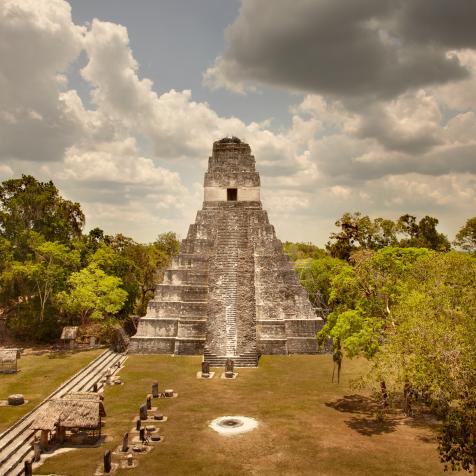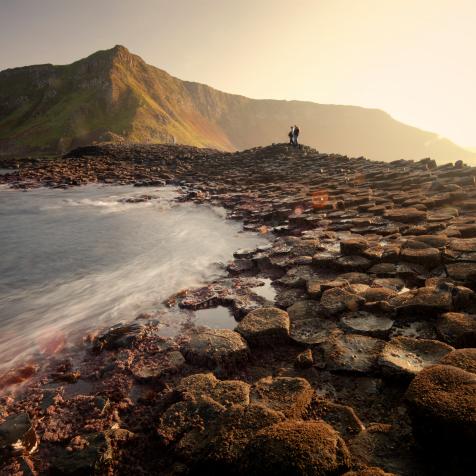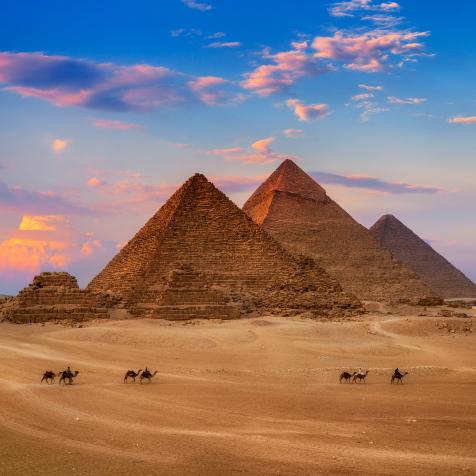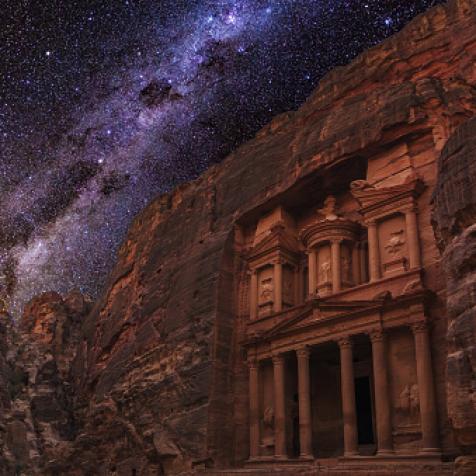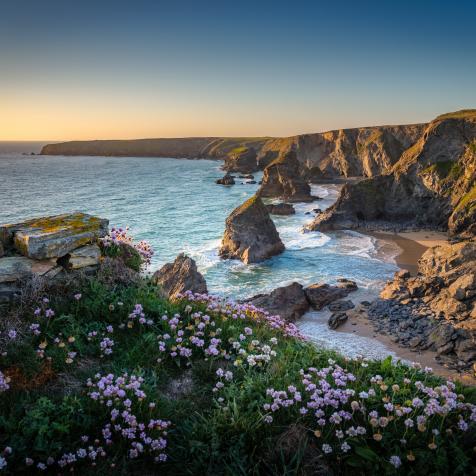
This is a dream, live it.
7 Places for the World's Best Stargazing
For those of you who have already got your telescopes packed, here are some of the world’s best destinations to make you feel truly humbled.
Star-studded desert skies, top of the world mountain perches, and remote islands, the best stargazing spots depend on dark skies. You’ll need to be prepared to venture far afield in order to be wowed by the galaxy. But before you go, please make sure you check the local pandemic-related travel and safety guidelines before starting your adventure.
Westhavelland International Dark Sky Reserve, Germany
This is a great one for those who don’t want to venture too far from civilization: it’s located just 100km west of Berlin. It’s also the closest International Dark Sky Reserve to a major populated city. The best times to go are between mid-May and mid-July. But if you head there during autumn, you’ll catch the thousands of migrating birds which provides some interesting, and almost otherworldly, sound effects.
Brecon Beacons, Wales
Michael Roberts
Thanks to a community-led effort, the country’s first dark sky reserve has minimized enough light pollution to create incredible conditions clear enough to view meteor showers. Strap on your hiking boots and climb the mountains to be rewarded with a spectacular night show. If you’re lucky you might even be able to see the Northern Lights – it’s rare, but not unheard of.
Death Valley National Park, USA
Despite being just 120 miles northwest of Las Vegas, the national park holds stargazing events during the spring and winter months. Visitors can join the Las Vegas Astronomical Society for a free Star Party at the Ranch at Death Valley. There are also great views from Ubehebe Crater, which has some of the darkest skies in the park, and Harmony Borax Works.
Atacama Desert, Chile
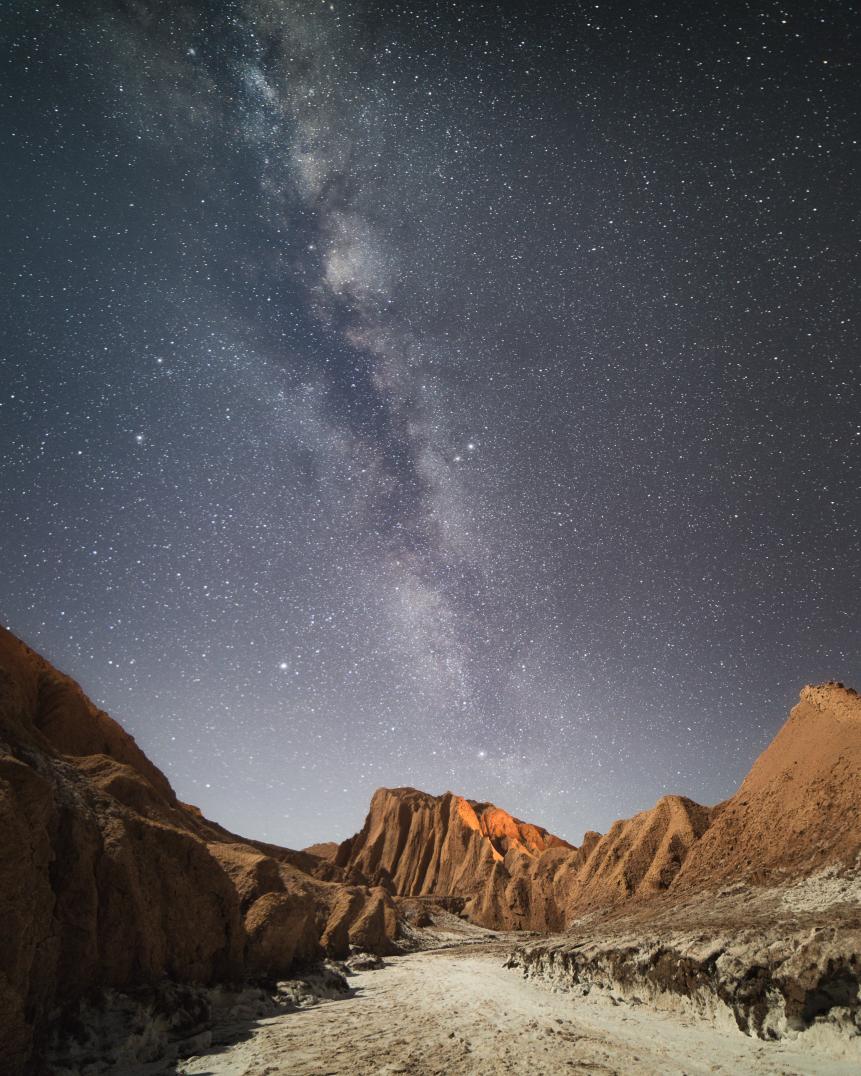
Konstantinos Ouzounidis / EyeEm
Photo taken in San Pedro De Atacama, Chile
Perhaps one of the world’s most famous spots, the desert's exceptionally dry conditions and little cloud cover make for some awe-inspiring star activity, particularly thanks to the desert’s 5000m elevation. Pitch up on your own, or head to the ALMA Observatory to watch how the experts do it.
Tenerife, Canary Islands
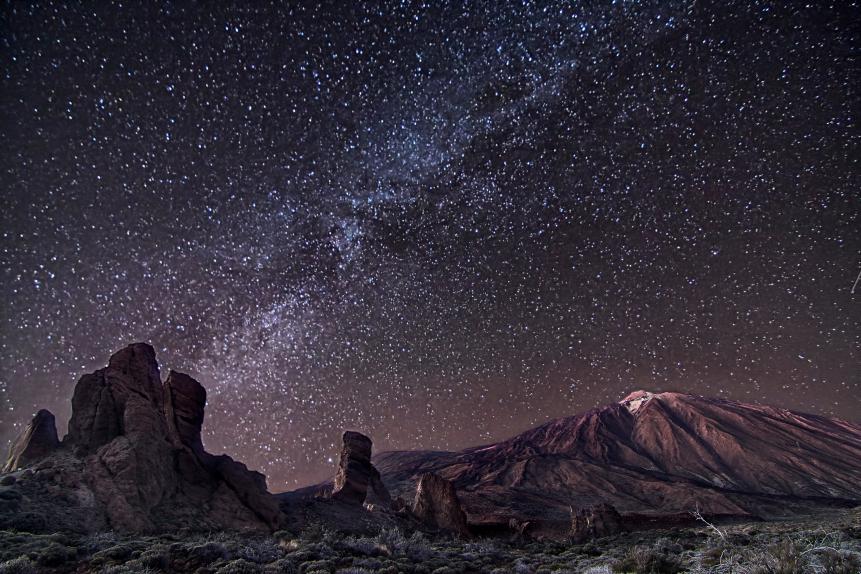
This is a dream, live it.
Milky Way over in Roques de Garcia Canadas del Teide, Tenerife.
Far away from the risk of tropical storms, a proximity to the Equator and high altitude is the perfect recipe for stargazing. Tenerife even passed a law to control flight path in order to not obstruct views of the sky. Lie on the beach and enjoy the sounds of the tide lapping, or hop on a cable car to the top of the volcanic Mount Teide for a seat closer to the stars.
NamibRand Nature Reserve, Namibia

caughtinthe
The reservation is perched on the eastern edge of the Namib Desert and has incredibly clear skies thanks to this low humidity. Viewers can see the Milky Way, the Megellanic Clouds--two irregular dwarf galaxies--and numerous planets. Wolwedans is a campsite that lends out small portable telescopes to guests, as well as having guides on hand who are trained in the astronomy basics.
Mauna Kea, Hawaii
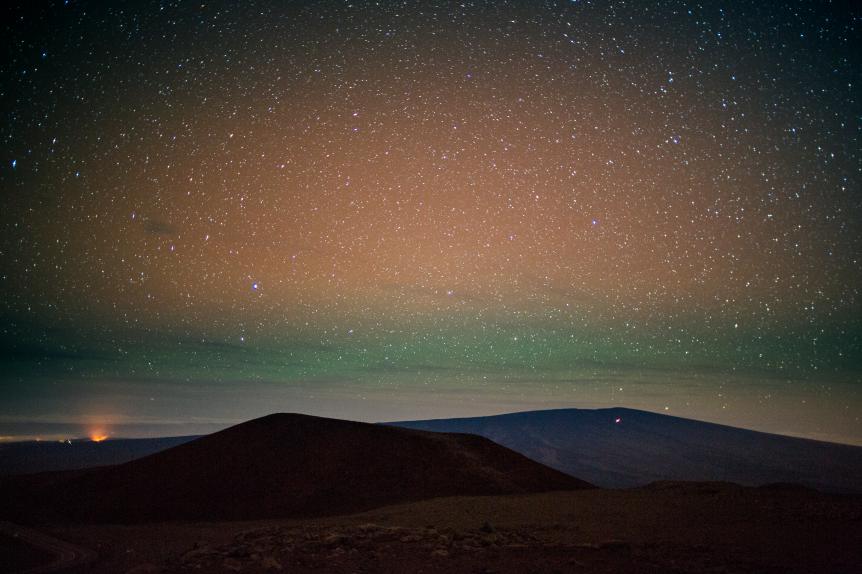
Grant Kaye
Keeping an eye trained on the skies at Hawaii’s Big Island is almost second nature. Visit the telescopes at the summit and combine it with the sunset for a stunning start to your night. Or, join one of the volunteer-led stargazing programs that take place four nights a week and depart from the Onizuka Center for International Astronomy Visitor Information Station. Believe it or not, but you can actually see more stars from the center than the summit–-due to the difference in oxygen levels.









